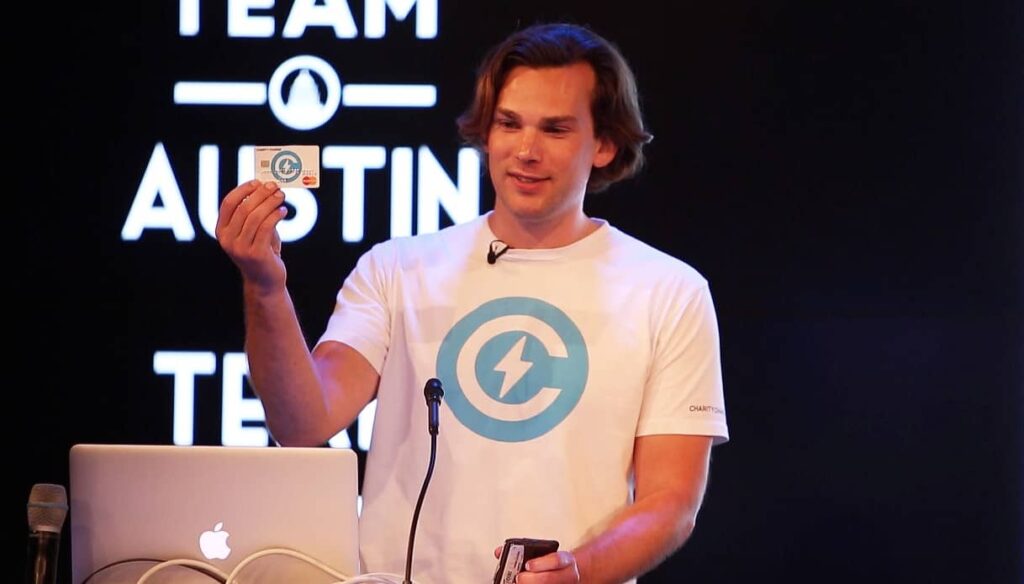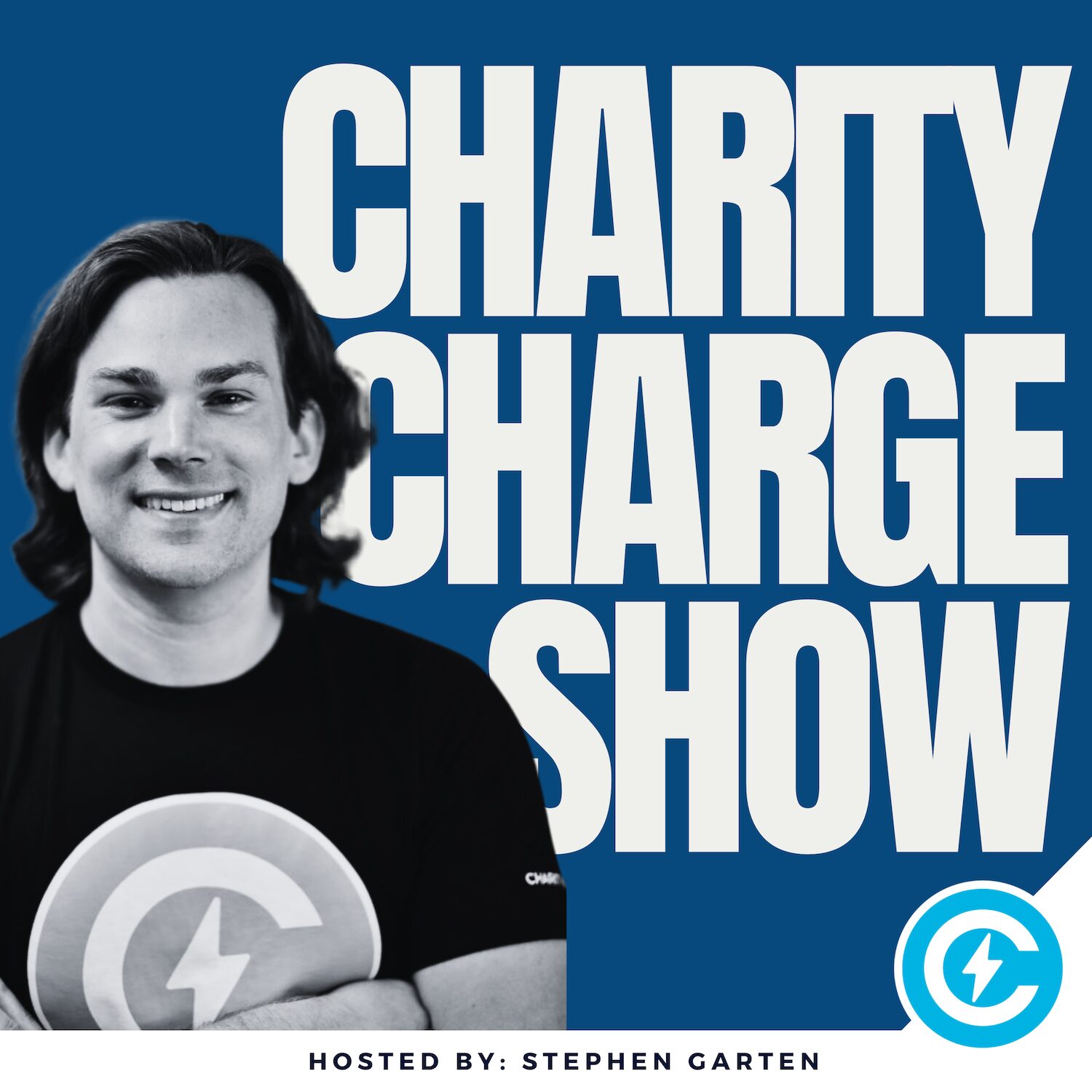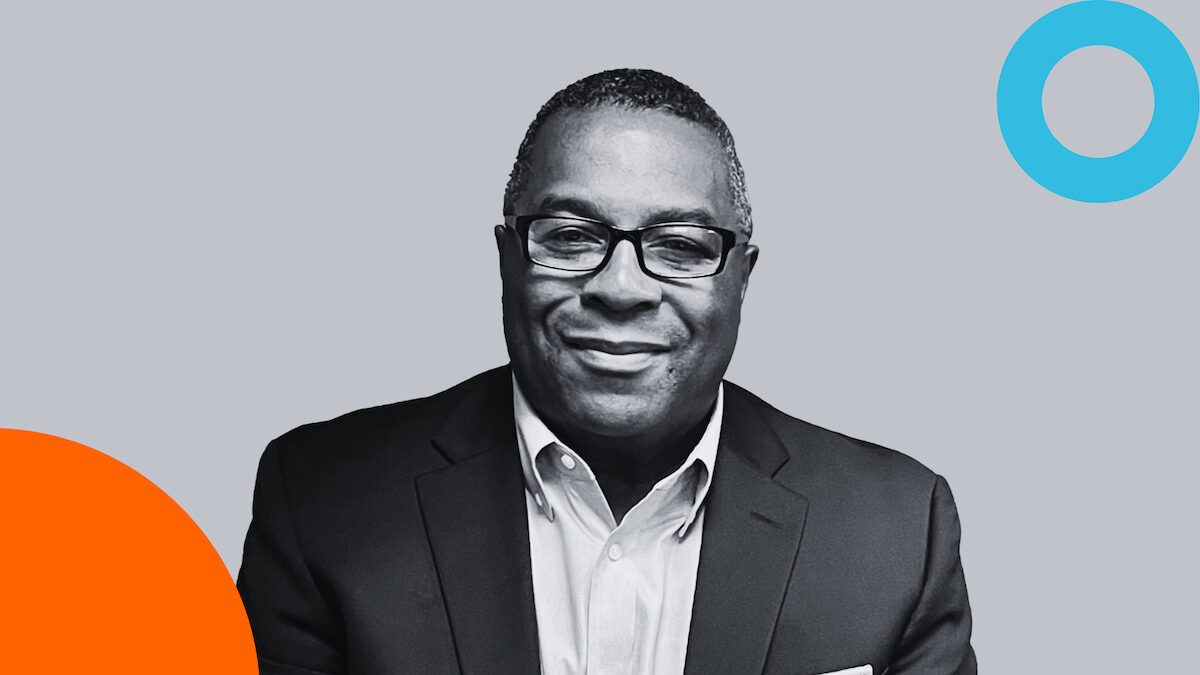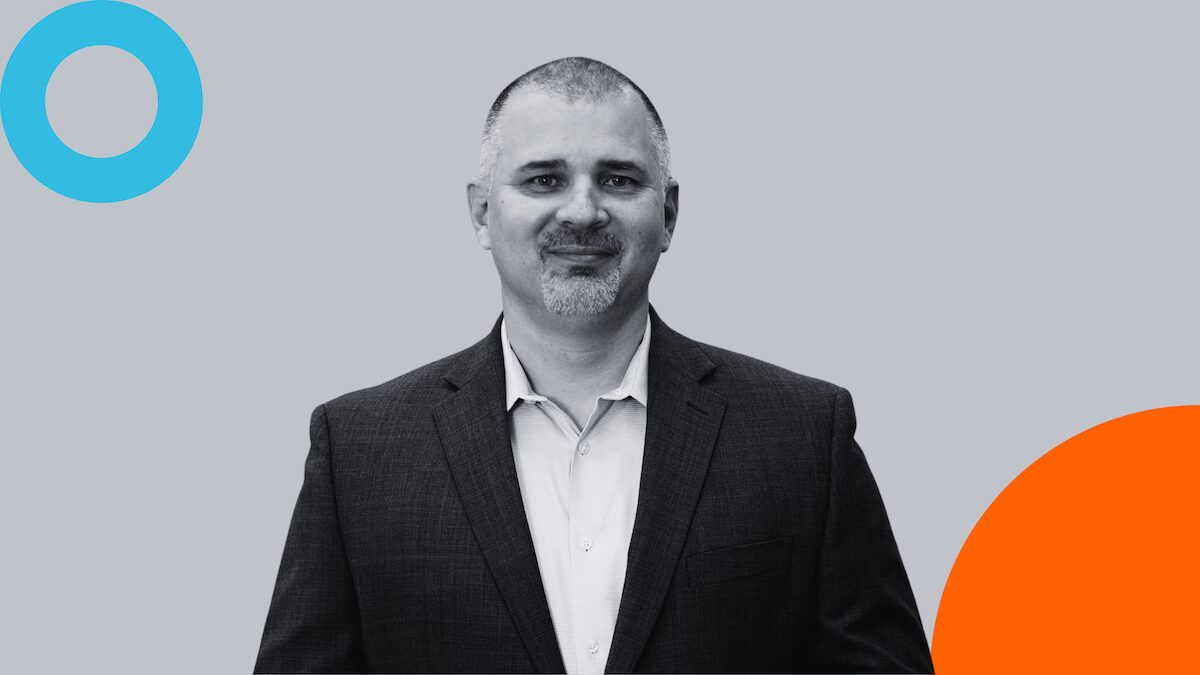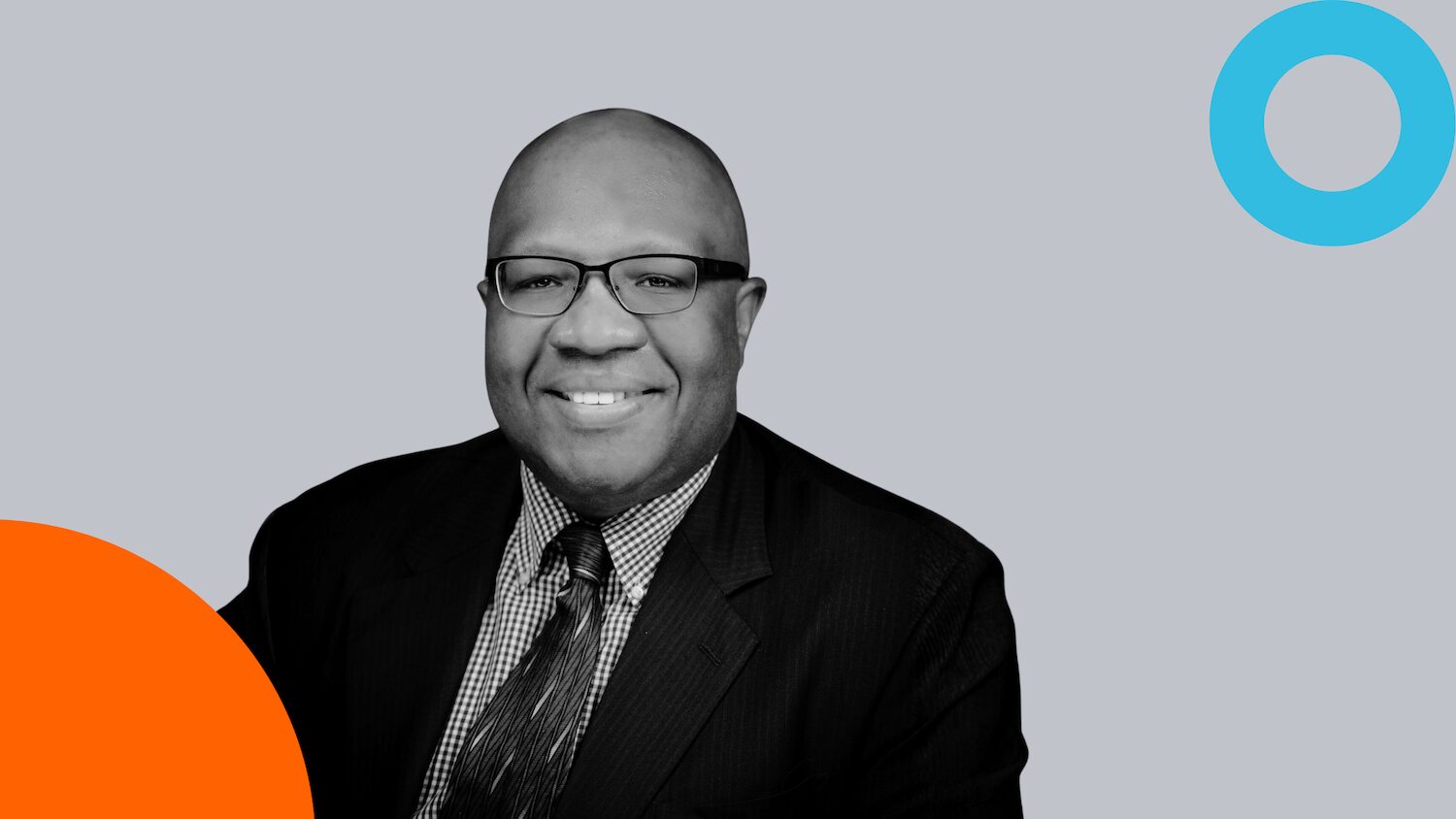In this episode of The Charity Charge Show, we sit down with Karl Thomsen, Executive Director of Hope Ignites Cincinnati, a nonprofit dedicated to empowering underprivileged youth through long-term academic and personal support.
Karl shares how Hope Ignite’s innovative approach—one that follows students from fifth grade through college or trade school—is helping young people overcome barriers, combat imposter syndrome, and build lasting confidence in their ability to succeed.
Building Long-Term Success for Cincinnati’s Youth
At its core, Hope Ignites Cincinnati believes that real transformation takes time. The organization’s programs begin as early as fifth grade and extend up to six years post-secondary education.
This continuity allows students to not only excel academically but also develop essential life skills, emotional resilience, and a sense of belonging that’s often missing in traditional educational models.
“We focus on underprivileged kids starting in fifth grade and stay with them through college or trade school,” Karl explains. “We provide financial support, food, therapy, and holistic education—from ACT prep to financial literacy.”
Hope Ignites offers both residential and academy-based programs, tailored to meet students where they are—whether they need a stable home environment or academic and emotional support after school.
Addressing Imposter Syndrome and Building Confidence
A key part of Hope Ignite’s mission is helping students develop genuine confidence in their abilities. Thomsen emphasizes that many young people from under-resourced communities struggle with imposter syndrome, especially as they reach higher education.
“We’re trying to eliminate that voice that says, ‘I don’t belong here,’” says Thomsen. “By starting early and staying with them through adulthood, we help them own their learning and understand that they belong.”
The results speak for themselves. While the national average for post-secondary completion among underprivileged students is around 17%, Hope Ignites boasts a 68–69% success rate among its scholars.

Redefining Educational Systems
When Karl stepped into his leadership role in 2024, he approached the organization’s mission with what he calls “first principles thinking.”
“We asked ourselves, if we could build education from scratch, what would it look like? Not emulating the existing system, but creating one that’s effective and authentic.”
This mindset has inspired Hope Ignites to grow rapidly—from serving 25 students to over 180 scholars in less than a year. The team’s vision for the future includes developing a new kind of educational institute that prioritizes real-world learning, emotional development, and community connection.
A Leadership Philosophy Rooted in Authenticity
Drawing from his background as a conductor, Karl likens his leadership approach to orchestrating harmony across diverse talents and passions.
“As a conductor, my job isn’t to play or sing—it’s to bring talent together,” he says. “Leadership at Hope Ignites is communal. It’s not about me, it’s about everyone believing in the mission and contributing their voice.”
He believes that authenticity, vulnerability, and transparency are essential for building strong teams and mission-aligned cultures.
“If I’m authentic and vulnerable as a leader, it draws others who are the same. That inside-out model builds trust and keeps our mission undiluted.”
Sustaining Impact Through Community and Donors
Long-term success requires long-term commitment—from both the organization and its supporters. Karl emphasizes finding donors who understand the marathon nature of Hope Ignite’s mission.
“Find the donors that believe in your mission long-term,” he advises. “We’re fortunate in Cincinnati to have supporters who see the value in playing the long game.”
Hope Ignite’s community partnerships, from local schools to major corporations, have been key to sustaining its momentum and expanding its reach.
Podcast Transcript Q&A
Q: Karl, can you start by giving us an overview of the work that Hope Ignite Cincinnati does?
A: Absolutely. Hope Ignite focuses on underprivileged kids starting around fifth grade and stays with them all the way through college or trade school—whichever they choose. We provide support that’s both academic and holistic.
We have a residential program for students who benefit from a different living environment, and we partner with schools to ensure they’re supported financially, emotionally, and nutritionally. That includes therapy, financial literacy, academic tutoring, and test prep.
We also run an academy for students who don’t need residential housing but still need after-school structure and mentoring. Beyond that, our outreach program brings STEM education—like robotics, AI, coding, and CAD—to elementary students in underserved communities. Finally, we have a college program where we continue to walk with our students, filling financial gaps and offering ongoing mentoring and weekly check-ins.
Q: One of the most unique parts of Hope Ignite is that you stay with students for so many years. Why is that long-term commitment so important?
A: We think of development as a marathon, not a sprint. On average, cognitive maturity happens around age 27, so we aim to stay with our students through their mid-20s—about six years beyond high school.
Too often, academic intervention starts too late. If a student decides in high school that they want to pursue something like swimming, they’re already behind compared to those who started years earlier. The same goes for academics. By starting early and staying long, we give our students the consistent mentorship and scaffolding they need to build real confidence and resilience.
Q: You’ve mentioned “imposter syndrome” as a major challenge for students. How does Hope Ignite help them overcome that?
A: Every human deals with self-doubt, but for kids from under-resourced communities, that feeling can be magnified. Many of them are told—subtly or directly—that they don’t belong in certain academic or professional spaces.
We want to shift that mindset early by helping them own their learning. It’s about transforming from a recipient mindset to a donor mindset, where they see themselves as contributors, not outsiders.
And it works. Nationally, only about 17–18% of students from these demographics graduate from college within six years. In our program, that number is nearly 69%. That’s the power of consistent, long-term support and helping students believe they truly belong.
Q: You stepped into this role at the beginning of the year. How did you approach defining success for the organization and its team?
A: That was one of our biggest priorities. When I came on board, we asked ourselves: If we could build education from scratch, what would it look like? We used first principles thinking, meaning we didn’t assume the current system was the gold standard.
Our first goal was to scale—to make sure more kids knew about Hope Ignite and could access our programs. We grew from 25 scholars to over 180 within a year. But more importantly, we defined success as individual ownership. When one student takes charge of their goals, develops emotional maturity, and understands their own agency—that’s success.
Q: How do you measure success beyond academic metrics like GPA or test scores?
A: We absolutely track grades and participation, and those are improving. But the deeper measure is emotional and psychological. Success is when a student feels empowered to say, I can do this. I belong here.
We provide therapy and mentorship because mental and emotional health are critical. You can’t expect someone to thrive academically if they’re battling trauma or instability. For us, success looks like sustained emotional well-being and self-efficacy, not just academic performance.
Q: Nonprofits often face pressure to show short-term results. How do you communicate your long-term mission to donors and stakeholders?
A: Great question. We focus on finding the right kind of donor—someone who understands that systemic change doesn’t happen overnight.
Cincinnati is actually an amazing place for this kind of work because we have a strong philanthropic base through organizations like Procter & Gamble and Kroger. Many donors here are invested in long-term outcomes, and they appreciate our 10-year vision.
So part of the strategy is aligning with people who share your philosophy. We don’t try to convert short-term thinkers into long-term believers. We just look for those already willing to play the long game.
Q: What advice would you give to nonprofit leaders trying to build trust and authenticity with their communities and supporters?
A: I like to use an astronomy analogy. Imagine two planets—one representing where we are, and the other representing where we want to be. Our job as leaders is to build the bridge between them.
That bridge must be made of authenticity. If your leadership truly believes in the mission, that authenticity radiates outward—to donors, volunteers, staff, and students.
We can have all the strategy and messaging in the world, but if people don’t feel your authenticity, it doesn’t stick. So, as leaders, we have to live the mission first. Everything else follows.
Q: You compared leading Hope Ignite to conducting an orchestra. Can you explain that analogy a bit more?
A: Sure. I come from a background in music and conducting, and leading this organization feels very similar. A conductor doesn’t sing or play an instrument. My role is to bring out the best in each musician and create harmony across all the different parts.
Hope Ignite is the same way. I might be the one holding the baton, but it’s our staff—the mentors, teachers, volunteers—who make the music. My job is to align them around a shared mission and give them the freedom to express that in their own way.
We’ve built a culture where leadership is communal, not top-down. And that’s made all the difference.
Q: What does authentic leadership look like to you in practice?
A: It starts with vulnerability. As a leader, if I can be honest about my flaws and open about my growth, it gives everyone else permission to do the same.
We call it the inside-out model—if authenticity starts at the core, it naturally expands outward through the organization. You can’t fake it. When your team feels that transparency from the top, the mission doesn’t get diluted as it scales.
Q: Looking ahead, what’s next for Hope Ignite Cincinnati?
A: The future is bright. I’m a bit of a dreamer, so I envision us eventually creating a new kind of educational institute—one that feels different from the traditional system and meets students where they are.
In the short term, we’re focused on expanding our reach. Within one year, we’ve grown from 19 to 180+ students. That growth didn’t come from marketing—it came from word of mouth and community trust. That’s what I call contagious inspiration.
Q: How can people get involved or support your work?
A: There are a few ways.
If you’re local, join us hands-on through programs like Hands in the Dirt, where we teach ecology, sustainability, and nutrition by actually planting gardens and studying the science behind it.
If you’re not local, you can donate online through our website. Every dollar helps—from $1 to $1 million. But beyond money, we welcome ideas and partnerships.
We believe no one owns innovation. There’s a collective movement happening to reimagine education, and we want to work alongside others doing the same.



